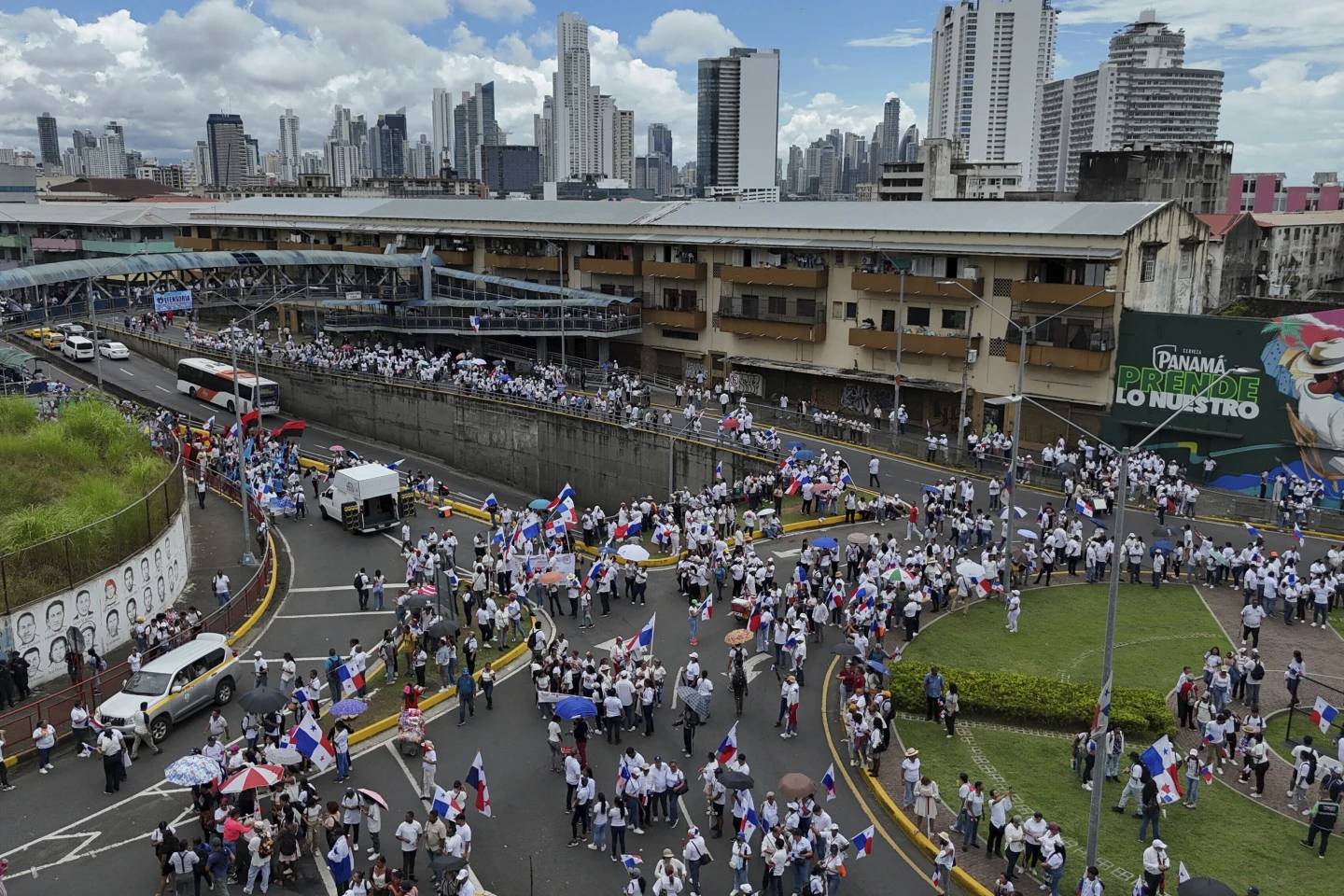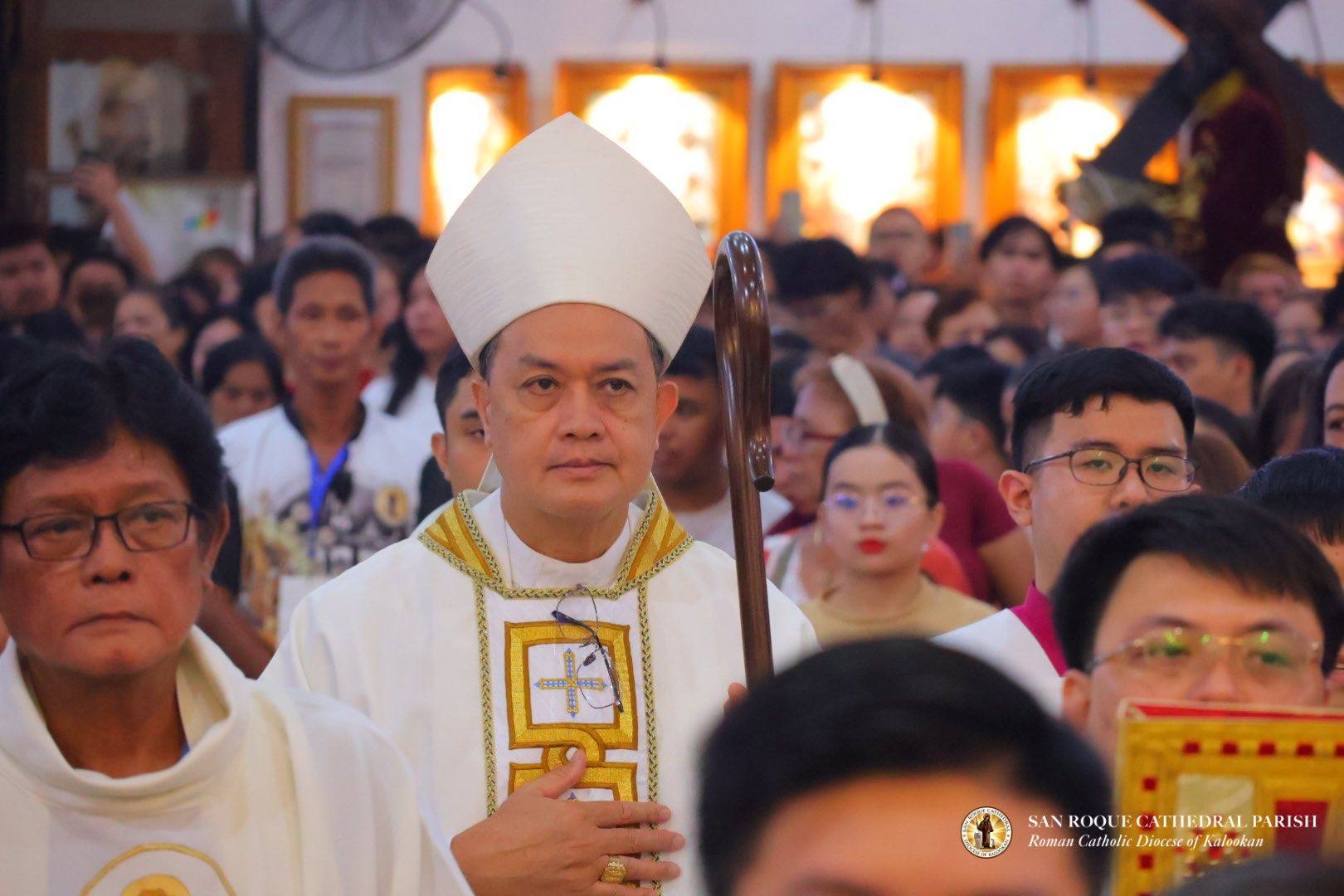ROME – Conflict is brewing in a northern archdiocese of Argentina, where a group of cloistered nuns have made a formal allegation against the bishop for “gender violence”; at the same time, the Vatican has warned the nuns against promoting an alleged Marian apparition.
The allegation against Archbishop Mario Cargnello of Salta was made by the nuns of the San Bernardo Convent of Discalced Carmelites.
According to the convent’s lawyers – the sisters have refused to speak to the media, including Crux – the situation has been bad since 1999, when the archbishop arrived in the diocese. Earlier this month, the nuns decided to make a formal complaint arguing that they have the right to live without violence, with their physical integrity and beliefs respected, and defending the autonomy of the monastery, that technically falls under the jurisdiction of the Vatican.
Bishop Martín de Elizalde, emeritus of Santo Domingo, and Father Lucio Ajaya have also been named in the complaint.
The archdiocese has been silent on the matter, with Cargnello not answering media requests.
The lawyers of the convent say the complaint does not focus on a particular crime, but say there is “a longstanding and complex relationship [between the archbishop and nuns], characterized by pressing demands and behaviors, carried out from his superiority, boastfulness and masculine worth, either by himself or with the help of third parties.”
The prelate’s defense attorneys deny everything, and attributes the accusation to disobedience to the charism that, according to canon law, the convent should be following.
The Vatican’s investigation
Elizalde and Mother Maria Isabel Guiroy, a Benedictine, were sent to the convent by the Vatican for an apostolic visitation, which had been requested by Cargnello following several clashes with the prioress, Fátima del Espíritu Santo, whose term has expired.
The Discalced Carmelites have two rules for their convents, one from 1990, and one from 1991. The first one follows the strict line from their founder, St. Therese of Avila, while the second was updated as suggested by the Second Vatican Council.

The inspection took place between Oct. 29 and Nov. 6 and was not free of controversy, including the fact that, following the 1990 constitution, the nuns are not allowed to have conversations without being accompanied by another sister. Since Elizalde was there trying to ascertain if there were undue psychological influences being exerted by the prioress, it was agreed that only one sister would be in the room, but the interviews were filmed.
The complaint says that, during the first three interviews with the papal envoy, they suffered “verbal abuse,” and accuses Elizalde of having acted “in a bad way” and without “objectivity.”
Yet the complaint fails to mention Guiroy in order to press for gender violence, the defense argues.
A transfer prevented
The spark that lit the fire, however, was struck on April 7, when Carganello appeared in the convent accompanied by Spaniard Loyola Pinto y de Sancristóval, ecclesiastical judge of the archdiocese of Salta. They asked for Sister María Magdalena to be authorized to go to the archdiocesan offices to meet with the prelate along with a witness, with the purpose of analyzing the transfer of the sister to a convent of Mendoza.
Argentina’s daily La Nacion reconstructs that, according to the ecclesiastical judicial records, Cargnello had received two letters during the summer in which the nun asked him to facilitate her transfer to a cloister near her family and under the less stringent 1991 rules.
But the prioress did not authorize this departure, arguing that Maria Magdalena was not well: she said that, in any case, the interview should take place in the convent so as not to break the rule of enclosure.
Three days later, the archbishop phoned the convent, announcing that, together with Elizalde, they would be going to the convent April 11. On this date, the prioress refused to receive them, saying that she was ill. The following day, the 18 nuns, including the sister who asked to return to her home state, presented the allegation against both bishops.
Argentina’s “Medjugorje,” at the center of the conflict
Hundreds of thousands of pilgrims flock every year to Bosnia-Herzegovina to go to Medjugorje, a small town where the Virgin Mary has allegedly been appearing to a group of six visionaries for decades. Though the Vatican seems to be shifting to a more positive attitude towards this pilgrimage site, it continues to be unrecognized officially by the church.
The situation in Salta is relatively new compared to Medjugorje, but is not dissimilar. In Argentina’s case, the claim is that the Virgin, under the title of the “Immaculate Mother of the Divine Eucharistic Heart of Christ,” has been appearing to Maria Livia Galliano de Obeid, known as “Maria Livia.”
Every Saturday, with the exception of two months during the summer, Maria Livia leads a “prayer of intercession” at the top of a hill, which is considered a “shrine.” There’s a small chapel at the top of the hill, where the image of the Virgin sits at the center, and where pilgrims have left thousands of rosaries.
Since the mid-1990s, the nuns have maintained a close relationship with Maria Livia Galliano and her family and with the devotion to the “Madonna del Cerro.” They are founding members of the two institutions that administer and organize the activities related to it, and they are named in the deed of the land where the apparitions allegedly happen, which was donated to Galliano by the then-owner.
The alleged apparitions began just as Cargnello was arriving in Salta. The archdiocese has criticized the nuns for not complying with the charism of the Carmelites and for associating themselves so closely with a visionary whose claims have not been accepted by the Vatican.
The archdiocese argues that the alleged visionary acts as if she were the superior and that the nuns believe absolutely everything Galliano says without question.
The defense’s denial
Though the two bishops and the priest named in the complaint have remained silent, the communications office of the archdiocese of Salta released a statement on Wednesday, saying that the Vatican’s embassy to Argentina had informed both the archbishop and the Carmelite sisters of the decree of completition of the apostolic visitation.
Dated March 30, the decree says that the visit “was carried out in an adequate, correct and competent manner, and that the Visitors exhaustively fulfilled the assignment given to them.”
The statement also shares the indications issued by the Vatican’s Congregation for Religious Life and Societies of Apostolic Life.
The congregation reminded the nuns that even though they enjoy autonomy, they are still “under the supervision of the diocesan bishop whose authority and action are established by law.” They are also asked not to get involved in apostolic activities such as the ones arising from the alleged Marian apparition until “the local bishop or the competent Congregation of the Apostolic See discern its veracity and authorize the practices of worship in this context.”
After reminding them that their religious community “is bound to the strict observance” of the norms, including monastic enclosure, an objection is raised against the involvement of the monastery in an initiative that goes “against the will of the bishop and the priests of the diocese, leading to a division of the local church community and to conflicts.”
“The monastery, allowing the ‘visionary’, Mrs. Maria Livia Galiano de Obeid, to live in its own premises and allocating some spaces for pilgrims near this context, is clearly fully involved in this work, against the will of the local church,” the Vatican’s decree warns.
“It is necessary to strongly point out that the community of the Discalced Carmelites of Salta must live fully the Carmelite charism, not a work that consequently leads to situations of tension,” says the decree. “For this reason, it is also recommended a renewed formation in the spirit of the Rule and according to the Carmelite tradition, observing its own tradition of monastic life. In dialogue with the local bishop, a stable form of regular meetings should be instituted, which would serve to confront problematic situations in a continuous way.”
The archbishop is expected to testify in the case on May 3.
Follow Inés San Martín on Twitter: @inesanma















